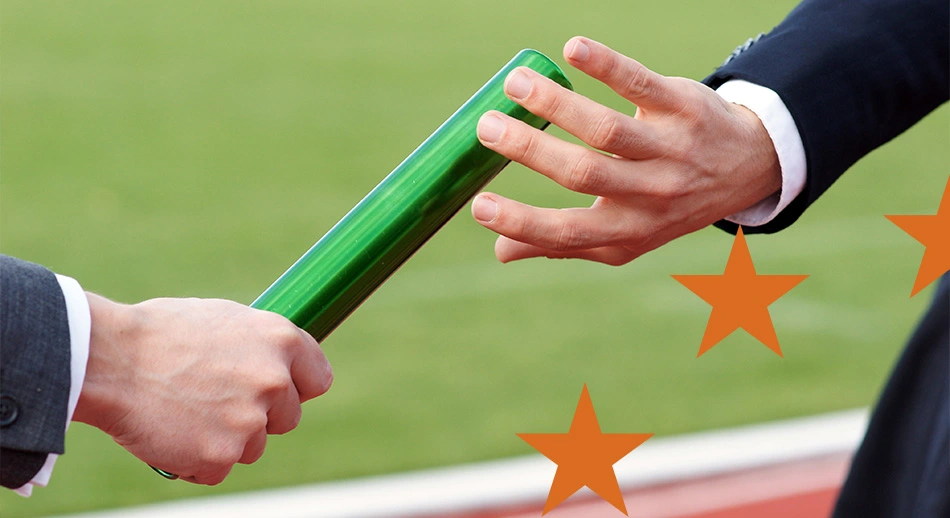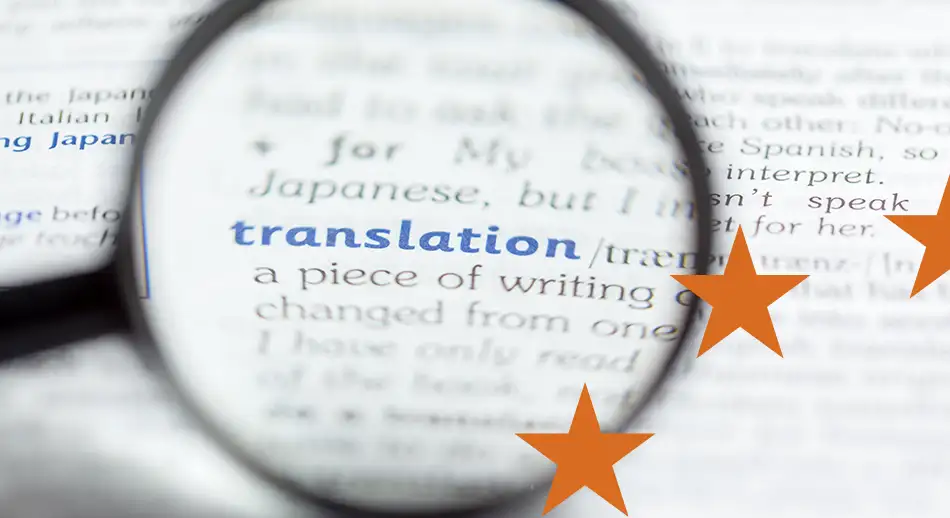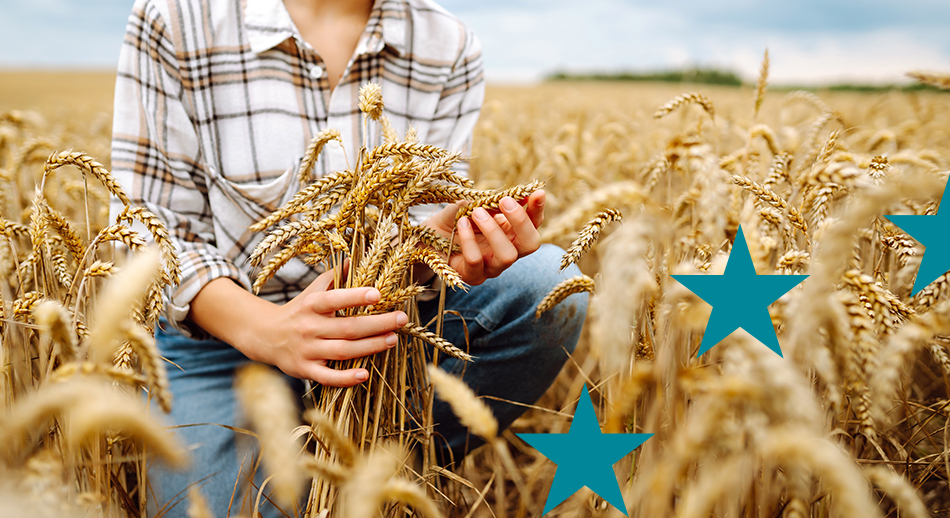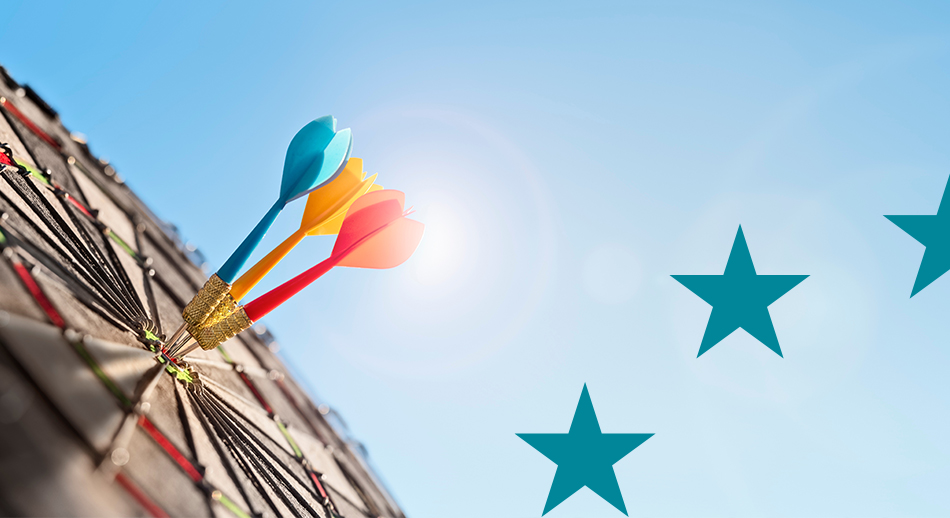Our 10 video pills, with as many questions and answers about European projects. In collaboration with Growing in Europe and the European project Rivincite.
“Payback” and “Growing up in Europe”: two projects to talk about Europe
Rivincite is a European project that tells stories of inclusive sport and good design: stories of people, initiatives and associations that, through sport and effective use of European funds, have been able to produce social cohesion, participation and new opportunities. The episodes, accompanied by in-depth articles, were published in the Courier and on the Instagram channel Crescere in Europa.
Crescere in Europa also talks about European projects: it is a series of stories of projects that have been able to create an impact and give a perspective to young people from many local organisations in Italy, active in many different fields. They are told directly from the voices of girls and boys and published in Repubblica, in a long dedicated series of interesting articles and videos.
We will devote subsequent insights to these beautiful stories.
This is only a part of all the positive potential that can arise from a European project-how could more, and even better ones, be developed in our local organisations?
From this question came the collaboration between Rivincite and Growing in Europe and the Guide to EU Projects and Funding. For Somewhere Studio, which made the videos, this collaboration was “an extension of the idea of Rivincite, the docu-series with which we reached millions of people, telling how European funds can be an opportunity for rebirth. In recent months, the audience of the Growing in Europe page has been increasingly active, and so we thought of proposing a practical and quick capacity-building tool for all those who want to approach the world of EU calls for proposals: 10 straightforward video reels, designed to offer basic knowledge essential for building good projects. We decided to produce them in collaboration with Guide to EU Projects and Funding, which is a reference, in Italy, for those who have questions about calls, programs and strategies.”
Pills of the Guide to EU Projects and Funding
We are well aware that it is not possible to be exhaustive in a few seconds, but we have done our best. We have touched on the most typical and frequently asked questions of those approaching European projects, leaving insights for further investigation inside and outside our Guide.
1. What is so special about European projects? Why do Europe and projects so often travel together, and are they so often spoken of in tandem: of “European projects,” in fact?
See videos on our website, on LinkedIn, Facebook, Instagram.
2. How are European projects organized? Structural Funds work in all regions, European programs allow us to build “European added value.”
See the video on our website, on LinkedIn, Facebook, Instagram.
3. What are the steps to approach European projects? It’s not easy, but it’s best if you start off on the right foot! Let’s find out together how.
See the video on our website, on LinkedIn, Facebook, Instagram.
4. Where can you find essential information about European projects? There is the Guide to EU Projects and Funding, which is made for just that, but also many official sites and channels.
See the video on our website, on LinkedIn, Facebook, Instagram.
5. Who to turn to for support, inspiration and information for European projects? On European projects we are not alone: we discover networks and organizations that can help us.
See the video on our website, on LinkedIn, Facebook, Instagram.
6. How to create and manage a European project partnership? Tips and tools for building relationships, searching for and selecting partners, and working well together.
See the video on our website, on LinkedIn, Facebook, Instagram.
7. How to look for (and find) European calls for proposals? Tips for playing ahead and channels for getting information, on our Guide and through official channels.
See the video on our website, on LinkedIn, Facebook, Instagram.
8. What are the ingredients for a good European project? They are many: a good project must be logical, coherent, useful, concrete, original, formally correct … and many other things.
See the video on our website, on LinkedIn, Facebook, Instagram.
9. What is it like to write a European project? It’s not for everyone, but it can be learned! Our tips from A to Z: reading, vision, lots of “invisible” work… and “squaring up” many different dimensions.
See the video on our website, on LinkedIn, Facebook, Instagram.
10. Friends or foes? Monitoring and reporting in European projects. A focus on two aspects that are intertwined with all of project life: not enemies, but tools for doing things right.
See the video on our website, on LinkedIn, Facebook, Instagram.




